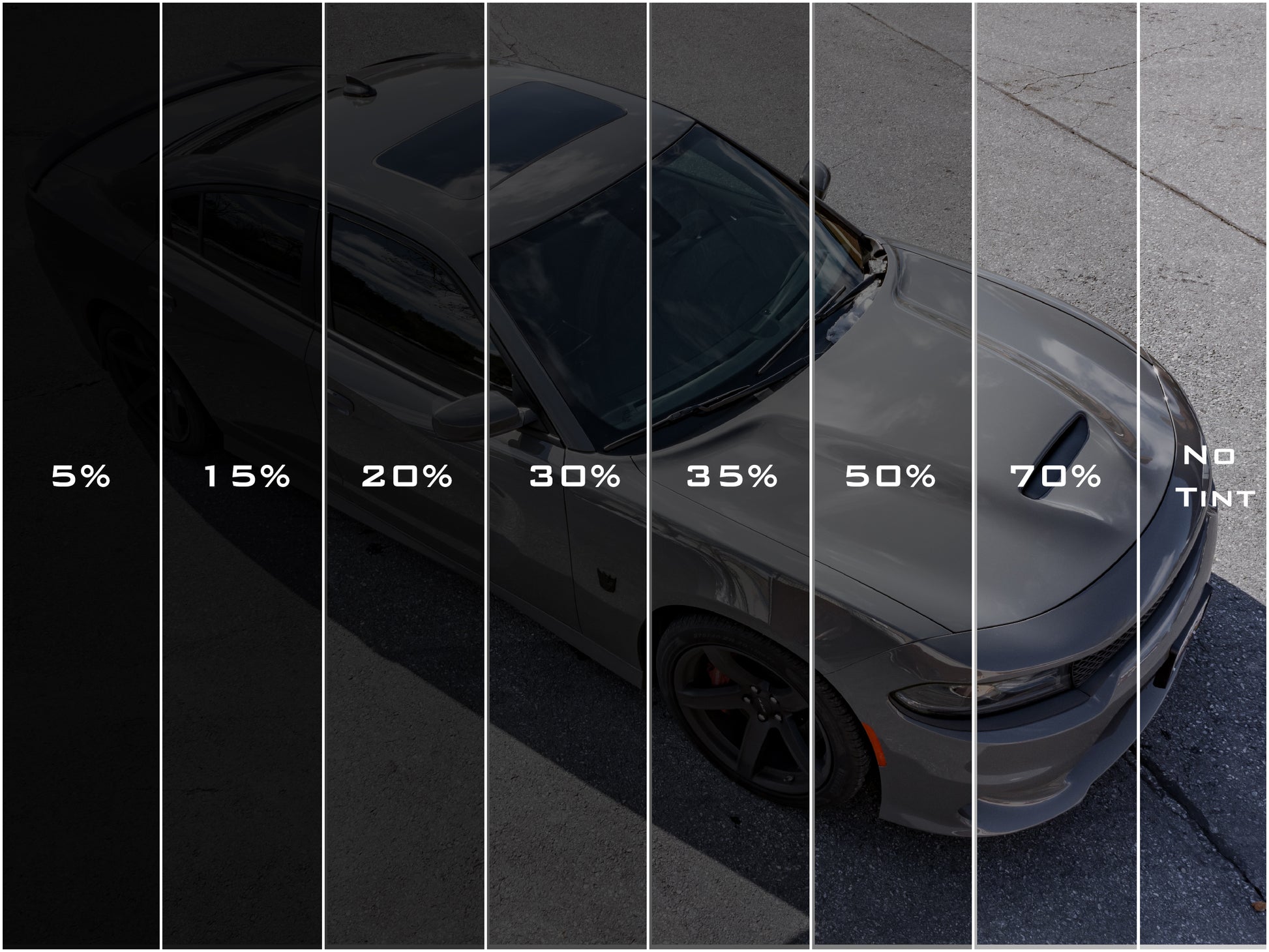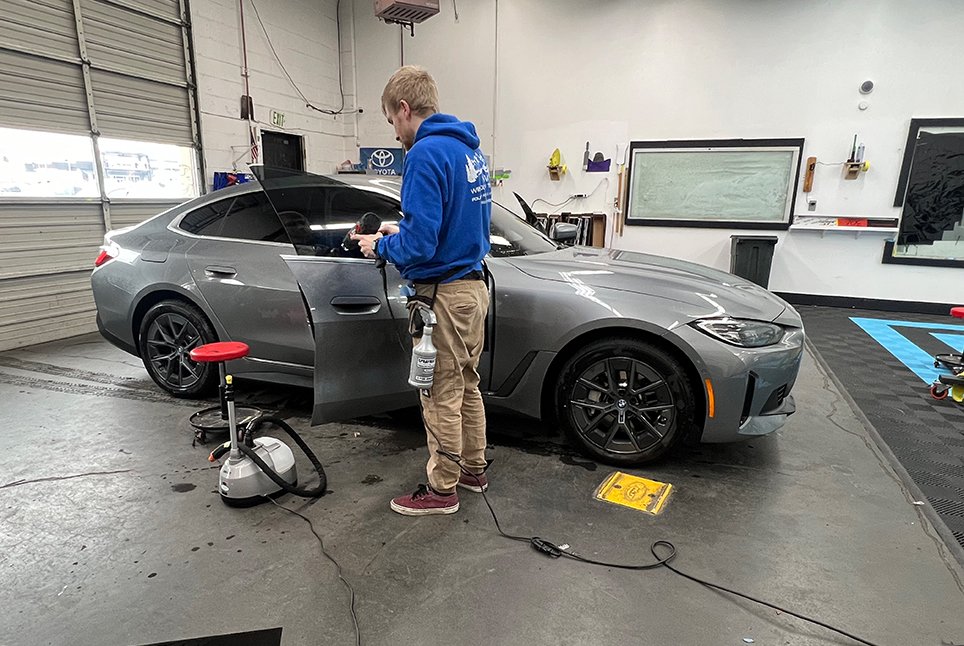Home Window Tinting Rules and Guidelines: What You Required to Know Before Tinting Your Vehicle
Prior to proceeding with window tinting for your lorry, it is necessary to familiarize yourself with the diverse legislations and standards that regulate this technique across different states. These guidelines determine the permitted levels of color darkness, usually determined by noticeable light transmission (VLT) portions, and consist of details specifications for front windshields intended at making sure road safety and security.
Summary of Window Tinting Regulations
Home window tinting legislations are often based on variation across different jurisdictions, mirroring regional regulations and security considerations. These laws determine the permitted levels of color darkness and reflectiveness on car windows, guaranteeing that drivers maintain ample visibility while additionally shielding against harmful UV rays and heat.
The majority of regulations categorize home window tinting based on the Visible Light Transmission (VLT) percentage, which suggests the quantity of light that can go through the window. Typically, reduced VLT portions signify darker tints. Laws frequently differentiate between the front, side, and back home windows, with more stringent limitations related to the front windshield to improve safety for both the driver and other road users.
Conformity with window tinting policies is important, as infractions can result in fines, required removal of the color, and possible boosts in insurance coverage premiums. It is necessary for automobile proprietors to acquaint themselves with regional legislations prior to proceeding with window tinting setups.
State-by-State Color Rules
Recognizing the particular home window tinting laws in each state is important for vehicle owners looking for to abide by the regulation. Each state in the U.S. has developed its own collection of rules controling window tinting, which can vary significantly. These laws frequently determine the permitted degrees of tint darkness, the kinds of home windows that can be tinted, and any clinical exemptions that might apply.
For example, states like California have stringent constraints on tint darkness for front windows, while others, such as New Mexico, might allow darker colors. Furthermore, certain states mandate certain presence percentages for various windows, consisting of the windscreen, front side home windows, and rear windows. It is essential for car owners to familiarize themselves with their state's regulations to stay clear of possible penalties or penalties.
Furthermore, some states may require a qualification sticker label to be put on tinted home windows, indicating conformity with state legislations. Failure to stick to these regulations not just takes the chance of lawful effects but can additionally affect safety and presence while driving. Car proprietors need to perform complete study or speak with regional authorities to make certain complete understanding and conformity with state-by-state tint regulations.
Allowed Tint Levels and Types
Numerous automobile proprietors may be shocked to find out that allowed tint levels and kinds differ commonly throughout different states. Each state has established its very own laws regarding the permitted darkness and reflectivity of window tint, usually measured by Visible Light Transmission (VLT) portions. VLT refers to the amount of light that can travel through the colored home windows; hence, a reduced percent suggests a darker tint.

In addition, the types of color products permitted can vary, with some states restricting metal or mirror-like surfaces. It is crucial for vehicle proprietors to acquaint themselves with their state's particular regulations to make certain conformity. Non-compliance can result in penalties, necessary removal of the color, or other lawful consequences, making it vital to understand these regulations prior to continuing with setup.
Medical Exceptions for Tinting
While not all states supply allowances for clinical exemptions pertaining to window tinting, those that do identify the requirement for details people to enhance exposure and convenience as a result of clinical conditions. Different clinical problems, such as lupus, skin cancer cells, and specific eye conditions, can render people specifically delicate to sunlight. These individuals might call for darker colors to safeguard themselves from damaging UV rays and glow.

It is necessary to note that despite having a medical exception, there might still be constraints on the degree of color permitted. Conformity with state regulations makes certain that individuals are both safeguarded and within legal restrictions. Those taking into consideration medical exceptions must contact their regional Division of Motor Autos or comparable authority to understand the treatments and demands required to look for an exemption properly.
Penalties for Non-Compliance
Falling short to follow home window tinting laws can cause substantial penalties, which vary by state. Police are empowered to issue citations for cars that do not abide by the defined tinting regulations. These penalties usually consist of penalties, which can vary from moderate quantities to numerous hundred dollars, relying on the severity of the violation and the state concerned.
In some territories, duplicated offenses might result in escalating fines or additional penalties, such as necessary court looks. In addition, non-compliance might demand the elimination of illegal tinting, usually at the owner's cost. In extreme cases, regular wrongdoers might encounter suspension of their lorry enrollment up until compliance is accomplished.
Additionally, insurance policy ramifications may arise from obtaining numerous citations for window color offenses. Insurance companies might view such offenses as an indication of riskier habits, possibly resulting in enhanced costs or problem in insurance coverage.
To prevent these fines, it is essential for car owners to familiarize themselves with their neighborhood home window tinting laws and ensure that their lorry complies (Window Tinting). This positive method not visit only prevents legal implications however also advertises road safety and security
Conclusion

Many laws categorize home window tinting based on the Visible Light Transmission (VLT) portion, which shows the amount of light that can pass via the home window. Compliance with home window tinting policies is crucial, as offenses can result in fines, mandatory elimination of the color, and prospective rises in insurance coverage premiums.Comprehending the details home window tinting policies in each state is vital for vehicle proprietors seeking to comply with the regulation. These regulations commonly dictate the allowed levels of color darkness, the kinds of home windows that can be tinted, and any clinical exemptions that may apply.
For circumstances, states like California have stringent constraints on tint darkness for front windows, while others, such as New Mexico, might permit darker tints.
Comments on “Auto Window Tinting for Improved Protection and Reduced Break-Ins”